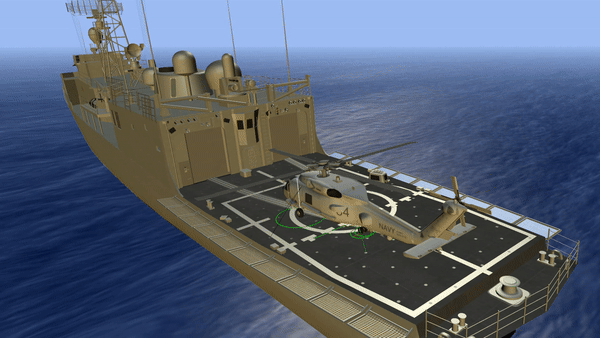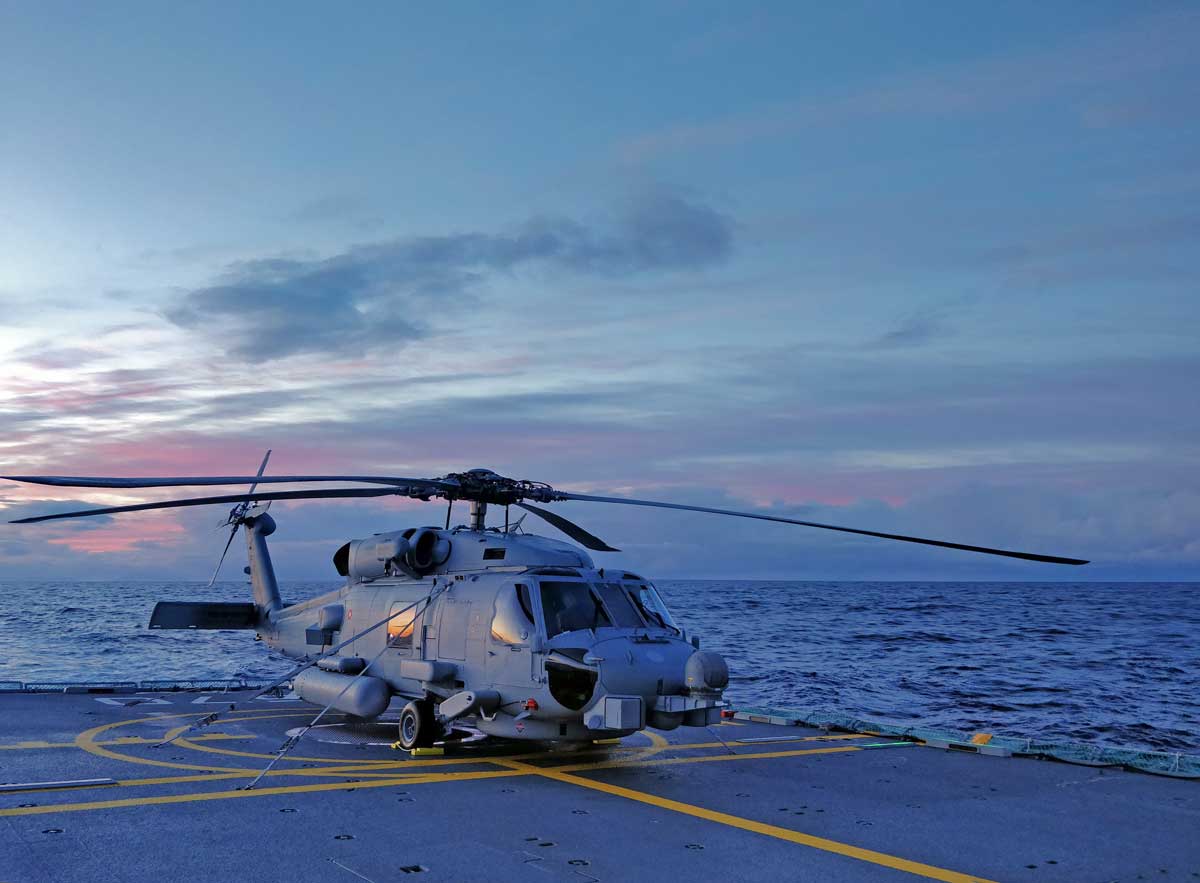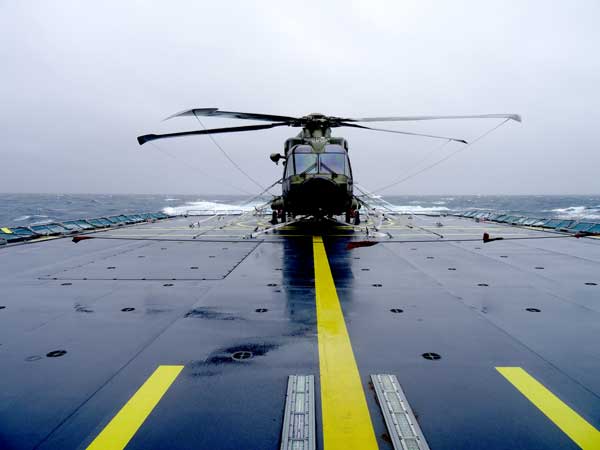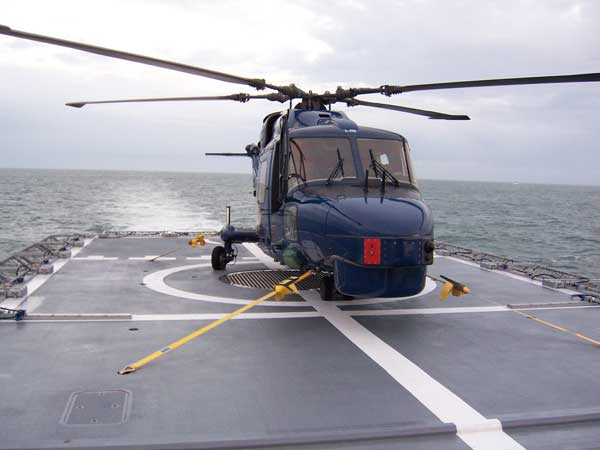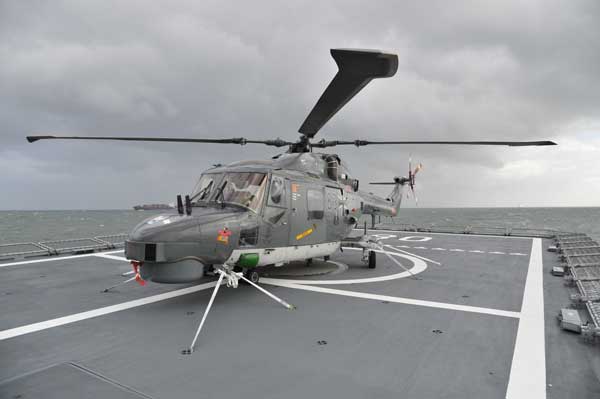
SHIP MOTION LIMITS ANALYSIS
Before a helicopter can be cleared for embarkation on board a naval ship, rigorous analysis must be conducted to understand how much motion the helicopter can withstand on deck or in the hangar to avoid unsafe situations such as failure of restraints, damage to the airframe or sliding or toppling on deck.
Prism Defence has developed DeckSAFE, a bespoke suite of modelling and simulation tools, to provide an end-to-end ship motion limits analysis solution.
The DeckSAFE physics engine is fully customisable, modular and includes the following key features:
- Supports any helicopter-ship combination - single or multi-rotor, wheeled undercarriage or skids, single spot or multi-spot
- includes many of the most commonly used helicopter restraint and deck handling systems
- creates or customises simulation models to suit any shipborne application, deck handling systems and novel configurations
DeckSAFE has been comprehensively validated against a variety of experimental datasets.
DeckSAFE is typically used to determine ship motion limits for embarked helicopters, but it has also been used to analyse the safe carriage and movement of heavy vehicles and evaluate the efficacy of deck handling systems on naval ships.
Prism Defence’s ship motion limits analysis methodology can be used to:- inform flight trial risk management
- optimise lashing configurations
- maximise operational capability
- perform incident investigations
